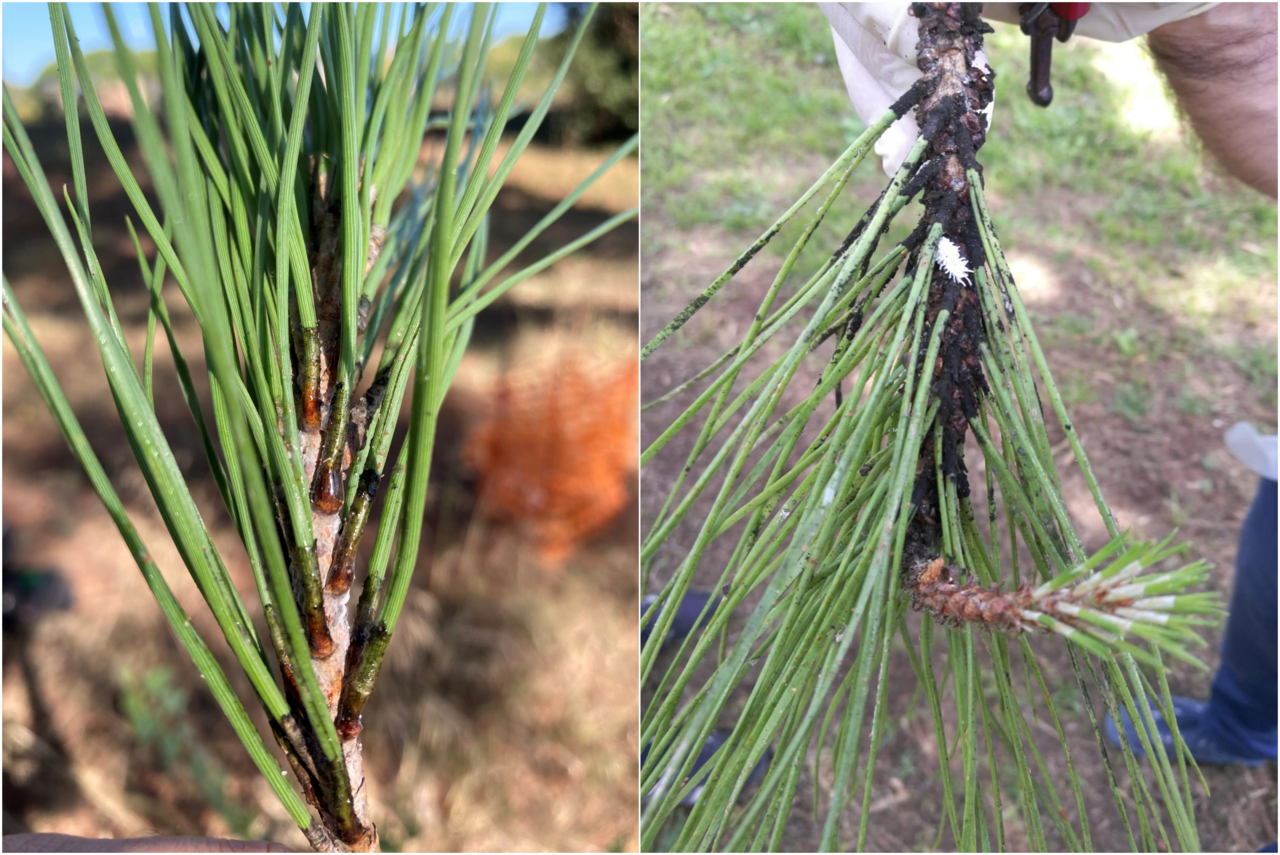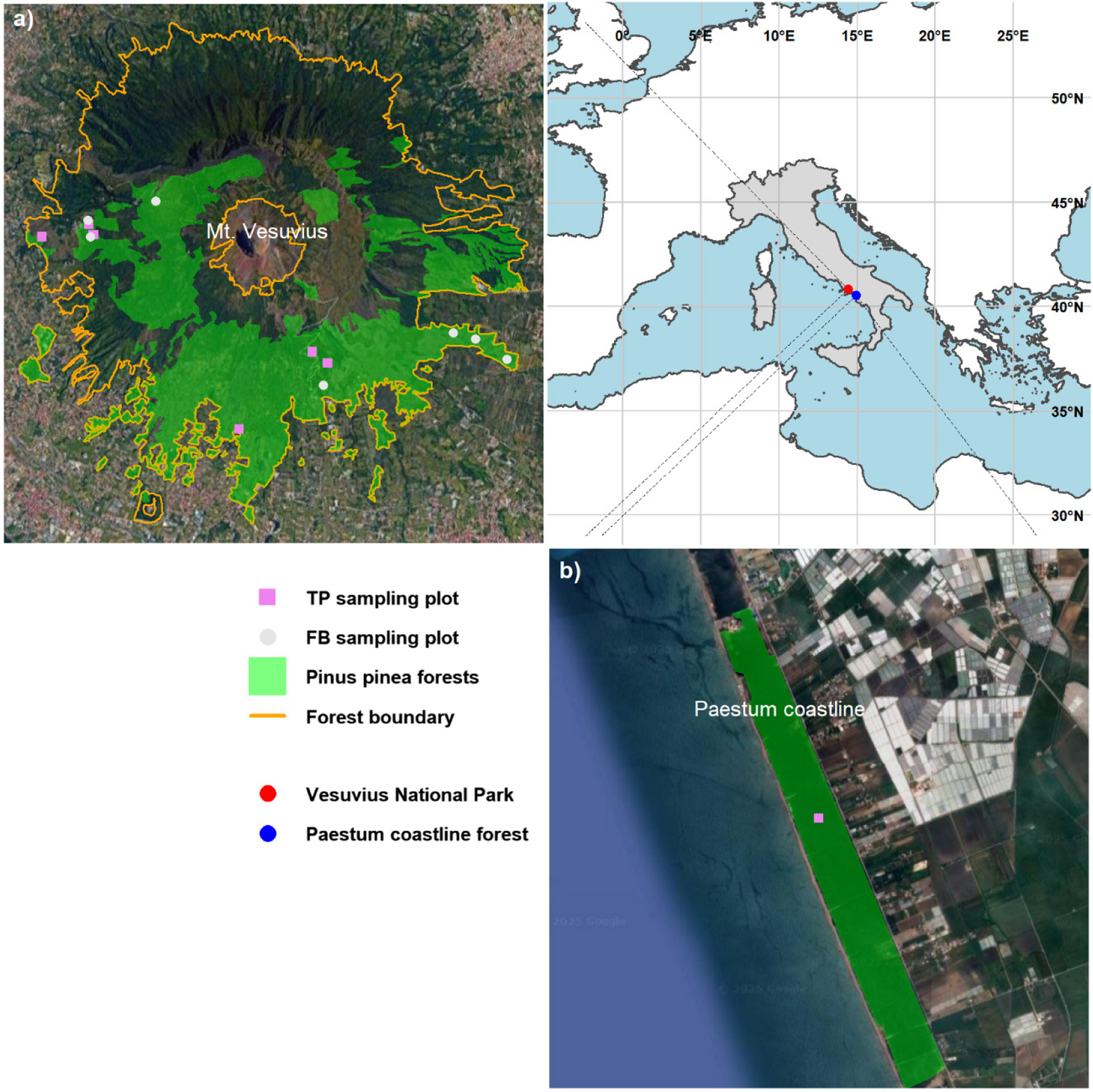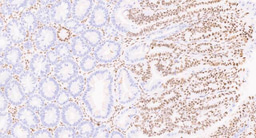Fire-insect interaction in Mediterranean stone pine forests
Published in Earth & Environment, Ecology & Evolution, and Agricultural & Food Science

Take a look at our latest article published in the Fire Ecology Journal by Saulino et al. 2025. The study demonstrated that outbreaks of the non-native sap-feeding insect T. parvicornis can influence fire behavior by rearranging crown fuels (mainly honeydew) from the canopy down to the forest floor. Following fuel redistribution, fires can climb up into the canopy, changing the behavior and severity of fires in both thinned and unthinned stands of P. pinea forest.
Follow the Topic
-
Fire Ecology

This is the international scientific journal of the Association for Fire Ecology. It publishes peer-reviewed, impactful articles on all ecological and management aspects relating to wildland fire.
Related Collections
With Collections, you can get published faster and increase your visibility.
Wildfire and Prescribed Fire Effects on Wildlife
This Collection includes papers about fire effects on wildlife and fire management for wildlife. Many wildlife species require forest conditions created by large-scale disturbances, including fire. Differences in responses to fire and fire severity among the diverse wildlife species across US forests highlight the need to appropriately target prescribed fires.
These papers were presented at the Wildfire and Prescribed Fire Effects on Wildlife in US Forests symposium of The Wildlife Society conference held on September 30, 2020.
Keep up with the latest Fire Ecology content by signing up for article alerts today!
Publishing Model: Open Access
Deadline: Ongoing
Indigenous Stewardship: Addressing the fire crisis in the western USA
As the wildfire crisis grows, the western United States is seeing increased damage from wildfire, declines in biodiversity, increased carbon emissions, loss of life and human health impacts, and significant economic costs, all at a pace both unprecedented and unanticipated. Thoughtful stewardship of frequent fire adapted landscapes is essential to alleviating these impacts. Yet federal land management and environmental policies are ill-adapted to meeting this urgent need.
In this Collection, Western scientists and Indigenous practitioners come together to explore ways to prioritize forest resilience on private, tribal, and public lands for the long-term. This unique partnership highlights the broad support for finally addressing the roots of the wildfire crisis.
Students and Early Career Researchers (especially SAFE members) are encouraged to submit their research to this collection and take advantage of the SERC incentive.
Pre-submission enquiries are welcome.
Keep up with the latest Fire Ecology content by signing up for article alerts today!
Publishing Model: Open Access
Deadline: Ongoing





